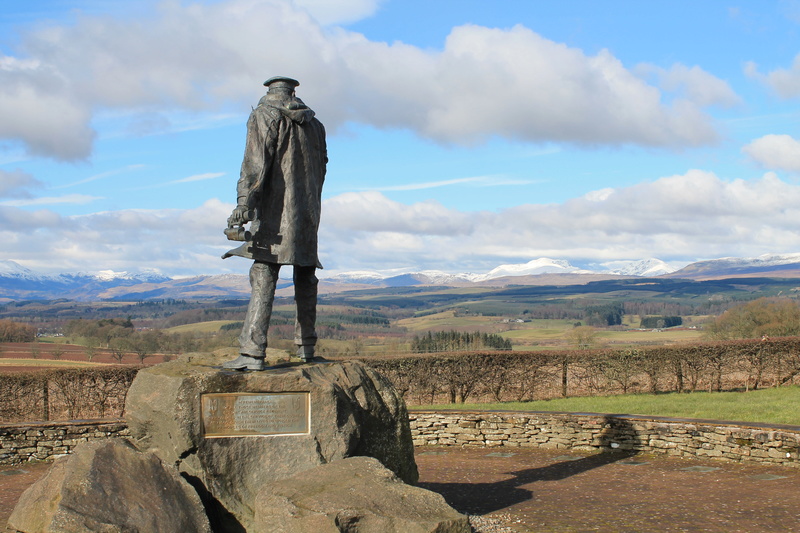During Prohibition, police officers were keen to search any vehicle that smelled of alcohol.


A place for visitors and residents to share experiences and have fun at the same time.
 Welcome to Tenerife Forum of Fun! Register and join in!
Welcome to Tenerife Forum of Fun! Register and join in! 


 Posts : 59106
Posts : 59106 Re: Iconic Photographs
Re: Iconic Photographs


 Posts : 23101
Posts : 23101 Re: Iconic Photographs
Re: Iconic Photographs


 Posts : 59106
Posts : 59106 Re: Iconic Photographs
Re: Iconic Photographs



 Posts : 59106
Posts : 59106 Re: Iconic Photographs
Re: Iconic Photographs


 Posts : 23101
Posts : 23101 Re: Iconic Photographs
Re: Iconic Photographs

 Posts : 59106
Posts : 59106 Re: Iconic Photographs
Re: Iconic Photographs



 Posts : 30546
Posts : 30546 Re: Iconic Photographs
Re: Iconic Photographs



 Posts : 59106
Posts : 59106 Re: Iconic Photographs
Re: Iconic Photographs




 Posts : 22953
Posts : 22953 Re: Iconic Photographs
Re: Iconic Photographs

 Posts : 21262
Posts : 21262 Re: Iconic Photographs
Re: Iconic Photographsand No.2's camel toeAdam Mint wrote:If we can take No1's legs, No2's tits and No4's attitude I'd go for that one...


 Posts : 59106
Posts : 59106 Re: Iconic Photographs
Re: Iconic Photographs3rdforum wrote:wtf is he wearing gloves for in that heat??



 Posts : 7625
Posts : 7625 Re: Iconic Photographs
Re: Iconic PhotographsThe K.D. shorts were a real giveaway tooCampbell Brodie wrote:
A team of SAS soldiers in North Africa, 1943.
Members of the British Special Air Service unit looked prepared as they scour North Africa. This unit was responsible for reconnaissance. They won't fool the Arabs with that headgear...
Here's a photo I took of David Stirling, founder of the SAS. This statue is near where his home was near Dunblane...



 Posts : 59106
Posts : 59106 Re: Iconic Photographs
Re: Iconic Photographs


 Posts : 59106
Posts : 59106 Re: Iconic Photographs
Re: Iconic Photographs


 Posts : 59106
Posts : 59106 Re: Iconic Photographs
Re: Iconic Photographs


 Posts : 59106
Posts : 59106 Re: Iconic Photographs
Re: Iconic Photographs


 Posts : 30546
Posts : 30546 Re: Iconic Photographs
Re: Iconic Photographs



 Posts : 22953
Posts : 22953 Re: Iconic Photographs
Re: Iconic Photographs



 Posts : 59106
Posts : 59106 Re: Iconic Photographs
Re: Iconic Photographs



 Posts : 59106
Posts : 59106 Re: Iconic Photographs
Re: Iconic Photographs


 Posts : 30546
Posts : 30546 Re: Iconic Photographs
Re: Iconic Photographs


 Posts : 23101
Posts : 23101 Re: Iconic Photographs
Re: Iconic Photographs

 Posts : 59106
Posts : 59106 Re: Iconic Photographs
Re: Iconic Photographs


 Posts : 59106
Posts : 59106 Re: Iconic Photographs
Re: Iconic Photographs


 Posts : 59106
Posts : 59106 Re: Iconic Photographs
Re: Iconic Photographs